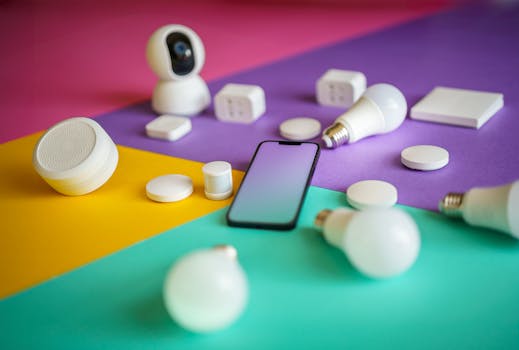
Smart Connectivity: The Role of IoT in Modern Communication
Smart Connectivity: The Role of IoT in Modern Communication is transforming the way we interact with each other and the world around us. The Internet of Things (IoT) has enabled the connection of billions of devices to the internet, creating a vast network of interconnected devices that can communicate with each other and with us. In this article, we will delve into the world of IoT and explore its role in modern communication.
The concept of IoT was first introduced in the late 1990s, but it wasn’t until the early 2000s that the term started gaining traction. Today, IoT is a reality, with millions of devices connected to the internet, from smartphones and smart home devices to industrial sensors and wearables. The IoT has enabled the creation of smart cities, smart homes, and smart industries, where devices can communicate with each other and with humans, making our lives easier, more convenient, and more efficient.
The Impact of IoT on Modern Communication
The IoT has had a profound impact on modern communication, enabling new forms of interaction and changing the way we communicate with each other and with devices. With the IoT, devices can communicate with each other and with humans, creating a seamless and interconnected world. For example, smart home devices can be controlled remotely using a smartphone app, and industrial sensors can send alerts to operators when a machine needs maintenance. The IoT has also enabled the creation of new forms of communication, such as voice assistants like Alexa and Google Home, which can understand voice commands and respond accordingly.
The IoT has also transformed the way we communicate in the workplace. With the IoT, employees can collaborate more effectively, using connected devices to share information and work on projects together. The IoT has also enabled the creation of new forms of communication, such as virtual and augmented reality, which can be used for training, education, and entertainment. For instance, virtual reality can be used to create immersive training experiences, while augmented reality can be used to enhance customer experiences.
The Benefits of Smart Connectivity
The benefits of smart connectivity are numerous, ranging from increased efficiency and productivity to improved safety and convenience. With smart connectivity, devices can communicate with each other and with humans, creating a seamless and interconnected world. For example, smart traffic management systems can optimize traffic flow, reducing congestion and decreasing travel times. Smart energy management systems can also optimize energy consumption, reducing waste and decreasing costs.
Smart connectivity has also improved safety, enabling the creation of smart emergency response systems. For instance, smart fire alarms can detect fires and alert emergency responders, while smart wearable devices can detect health emergencies and alert medical professionals. The IoT has also enabled the creation of smart homes, where devices can be controlled remotely and automated to improve convenience and efficiency.
Conclusion
In conclusion, Smart Connectivity: The Role of IoT in Modern Communication is transforming the way we communicate, making our lives easier, more convenient, and more efficient. The IoT has enabled the creation of smart cities, smart homes, and smart industries, where devices can communicate with each other and with humans. As the IoT continues to evolve, we can expect to see even more innovative applications of smart connectivity, from smart healthcare to smart transportation. Whether you’re a consumer, a business, or a government, the IoT has the potential to transform your life, your work, and your community.



